 Photo: Kyle Sparks
Photo: Kyle Sparks
What can rich sensory experiences teach children?
A rich sensory life not only creates joy and meaning, but it’s how kids learn to reason, think, and feel. We hear, taste, see, feel, and smell the world—all of human experience is sensory. We use internal representations of senses by picturing things or retelling conversations in our mind. Lesser-known but crucial sensory systems also develop in early childhood: the vestibular system, which detects movement and gravitational pull; and proprioception, which gathers information about the body in space.
“Everything [children] see, hear, feel, touch, or even smell impacts their brain and thus influences the way they view and interact with their world—including their family, neighbors, strangers, friends, classmates, and even themselves.”
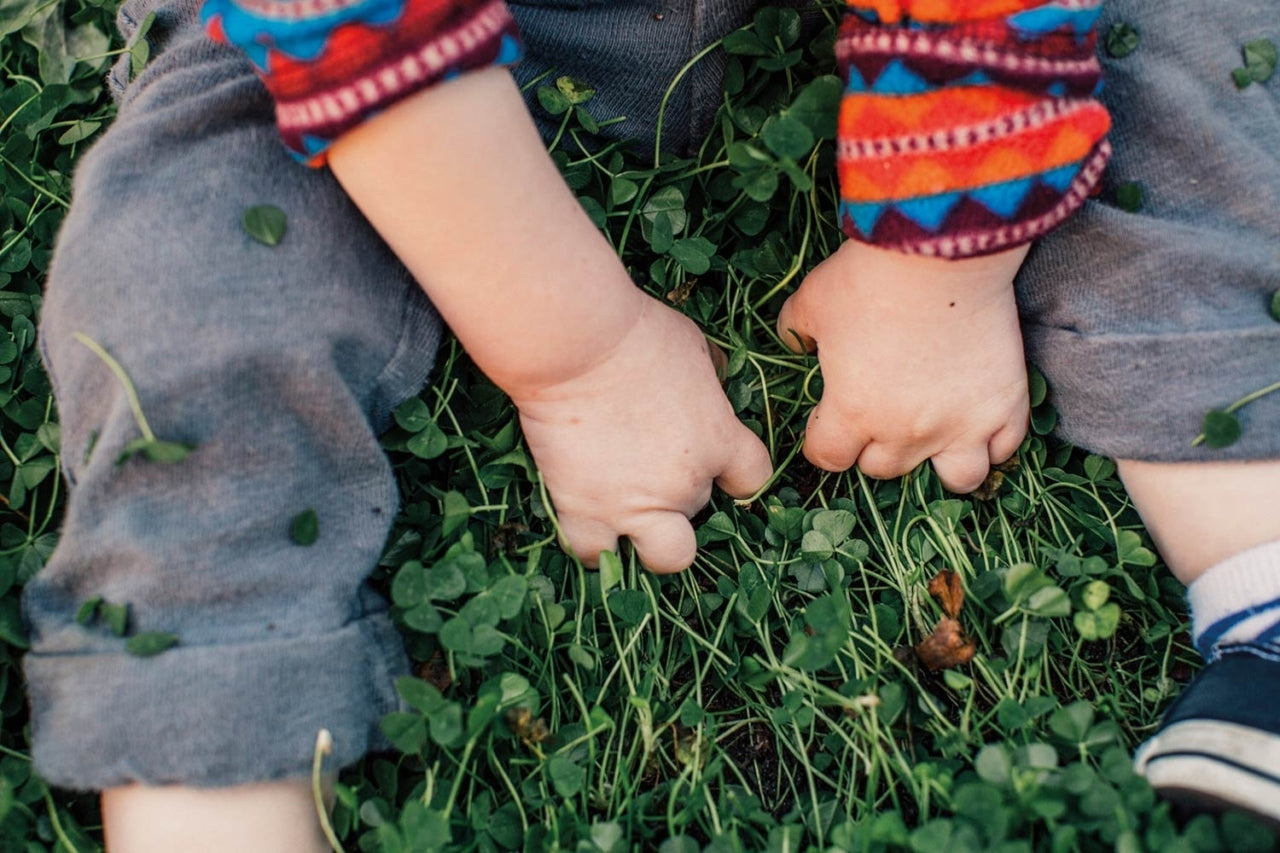 Photo: Kyle Sparks
Photo: Kyle Sparks
We use the natural world to explore all of the senses.
The natural world is the best source of sensory delight. It’s filled with bird calls, sunlight, prickly grass, and ripe strawberries. As Richard Louv writes, “Any natural place contains an infinite reservoir of information and, therefore, the potential for inexhaustible new discoveries.” Our yards are especially rich in fragrant plants: rosemary, mint, sunflowers, and geraniums.
 Photo: Kyle Sparks
Photo: Kyle Sparks
The sense of touch is key to overall development.
Psychologist Nancy Dess underscores the importance of human touch: “Without touch, infant primates die; adult primates with touch deficits become more aggressive.” Young children fail to thrive without human touch, and they want to touch everything around them. Children, still developing their tactile systems, strengthen their brain with each new experience.
 Photo: Somira Sao
Photo: Somira Sao
The sense of smell is ancient and linked to other senses.
Smell is the most primal human sense and is strongly connected to memory and emotion. The brain evolved from a pair of olfactory glands, so smell is an ancient sense linking us to the rest of the animal kingdom. The nose is responsible for much of our sense of taste, picking up 10,000 more flavors than the tongue. Acclimating children to a wide range of smells can also create adventurous eaters.
 Photo: Uli Wiesmeier
Photo: Uli Wiesmeier
Taste is infants’ gateway to the world.
The mouth is one of the first organs to appear in human embryos and continues to be primary in babies, who put items in their mouths to gather information. Taste continues to be a strong and emotional sense for young children. The language of tastes and textures is vast—sour, sweet, lively, tart, savory, smooth, crunchy, warm, and cold. Sometimes we talk about listening to ourselves chew: “Crunchy foods are loud!” Our fruit and vegetable snacks and child-accessible gardens help kids develop a taste for healthy and strong-flavored foods.
 Photo: Kyle Sparks
Photo: Kyle Sparks
Eyesight matures during the first two years of life.
Humans are not born with a fully developed sense of sight. Newborns can’t control focus, eye movement, or use their eyes in tandem. Their visual development goes through radical growth in the first two years of life; therefore, young children especially relish interesting visual experiences. They will squat down to see underneath something to discover hidden objects. They will marvel at looking through binoculars, because it allows them to see details of objects faraway. Delighted and attached to visual imagery, children sometimes express intense reactions when they can’t have a desired color or texture.
Changing children’s perspective reveals alternate points of view.
To view the world from other vantage points allows children to see life differently than they normally do, sparking imagination and encouraging abstract reasoning. We play a game called Do I Fit? to challenge children’s perceptions of size and space. Two-year-olds choose an item in the room and see if they fit in it. It’s interesting to watch young children as they recognize what’s too big, too small, or too ridiculous for their bodies. Teachers offer nonjudgmental narration. “Do you fit in the wooden oven when you’re standing? How about if you crouch? I see you crawling through a tiny opening to get inside that long, narrow box. Do you fit?”
 Photo: Kyle Sparks
Photo: Kyle Sparks
Playing with water and ice teaches children about their properties.
Everyone remembers the joy of playing with water as a kid. Running fingers through chilly waves. Floating pieces of driftwood, watching the ripples dance alongside. The plopping sounds of heavy rocks dropped in a pond. Moving hands through water provides resistance, contributing to proprioceptive development. The physical repetition of water play can be soothing to children. Teachers offer unstructured open-ended water play indoors and out. Children help make ice and watch the water transform from liquid to solid. They enjoy embedding treasures in ice blocks and playing out scenarios to rescue the treasures from the ice. We discuss melting and use vocabulary like cold, temperature, and freeze. “You’re exploring the ice with your fingers. What does it feel like? Brrr, it’s cold!”
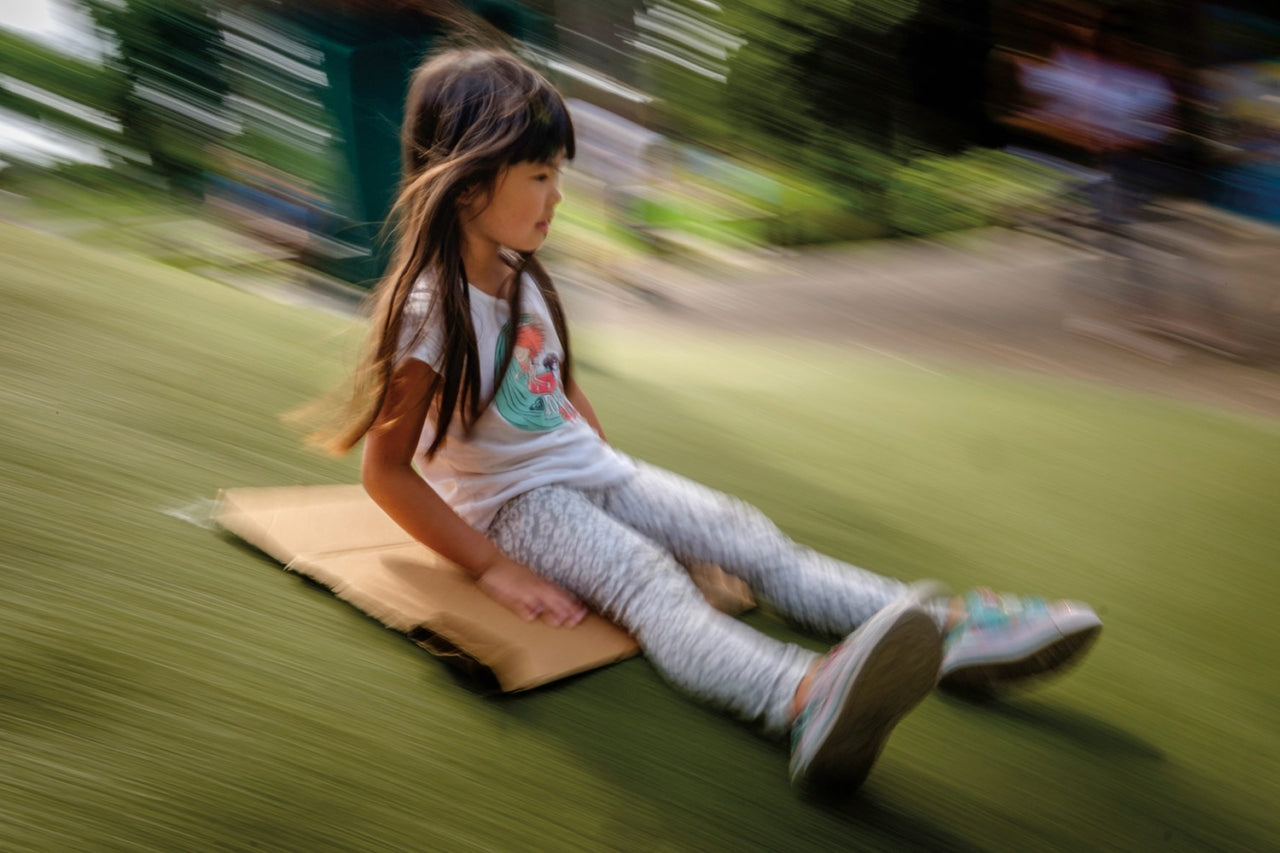 Photo: Jay Tayag
Photo: Jay Tayag
Children use the proprioception system to know where they are in the world.
With eyes closed, ears plugged, and without touching anything, we can tell where our body is and what shape it’s in; this is proprioception. It is the sense of the body moving in space, and it entails positioning, movement, and joint pressure. Biting and chewing also use proprioception. When children jump and play, they gather information about lengthening and contracting muscles. They lift things to learn how much strength is needed and practice how hard to push a pencil tip or pick up a paper cup without crushing the object. Learning to position the body is crucial to navigating the physical world successfully.
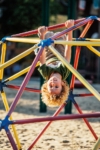
Photo: Kyle Sparks
The vestibular system is essential and allows us to feel grounded.
The vestibular sense uses the inner ear to detect movement and gravitational pull. It’s the first sensory system to develop fully, and, as it coordinates information from other senses, it influences almost everything we do. If you’ve had a case of vertigo, which is a disruption of the vestibular system, then you know it’s almost impossible to function without it. Getting lots of sensory stimulation to the vestibular system is crucial. Flipping upside-down challenges the vestibular system, and we also encourage games and provide equipment that exercise the vestibular system, including rolling, spinning, balance beam, hammock, slides, ball play, and freeze games. The children control the speed at which they spin or rock.

Photo: Jay Tayag
Dancing helps children control their bodies.
Dancers who refine the art of moving the body in space for years have very well-developed proprioceptive systems. We dance with children daily. We have many dance parties and create improvisational games so that children can play with movement, enjoying and developing control of the body as it’s moving through space.
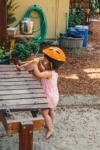
Photo: Kyle Sparks
Children enjoy playing with sound and music—and it does them good.
Research now shows that quality music programs teach children more than music. They improve reading, language, and math skills. Our music teacher understands that children delight in music and unexpected sounds. They love to imitate what they hear or imagine: the whirring of a motor, the drone of a siren, or the roar of a lion. Much of play is ebullient and loud, while another type of play requires quiet focus. Teachers carefully consider how to deal with both.

Photo: Kyle Sparks
Messy sensory experiences inspire creativity and imagination.
Full sensory experiences are often messy. The value of sensory play outweighs any individual teacher’s tolerance for mess. We intentionally offer messy activities, ensuring kids get the sensory input they crave. Nontoxic paint is rich in color for the eyes and texture for the sense of touch. Teachers set up the materials so that children can get it between fingers and toes, even in mouths. All surfaces can be canvases, including the body.
“Sensory experiences are essential to childhood. Messy play is preparation for the unexpected.”

Family Business: 30 Years of Innovative On-site Child Care, by Malinda Chouinard and Jennifer Ridgeway
Learn more about the Family Business project, watch a series of videos about working families or buy the book at patagonia.co.nz.




































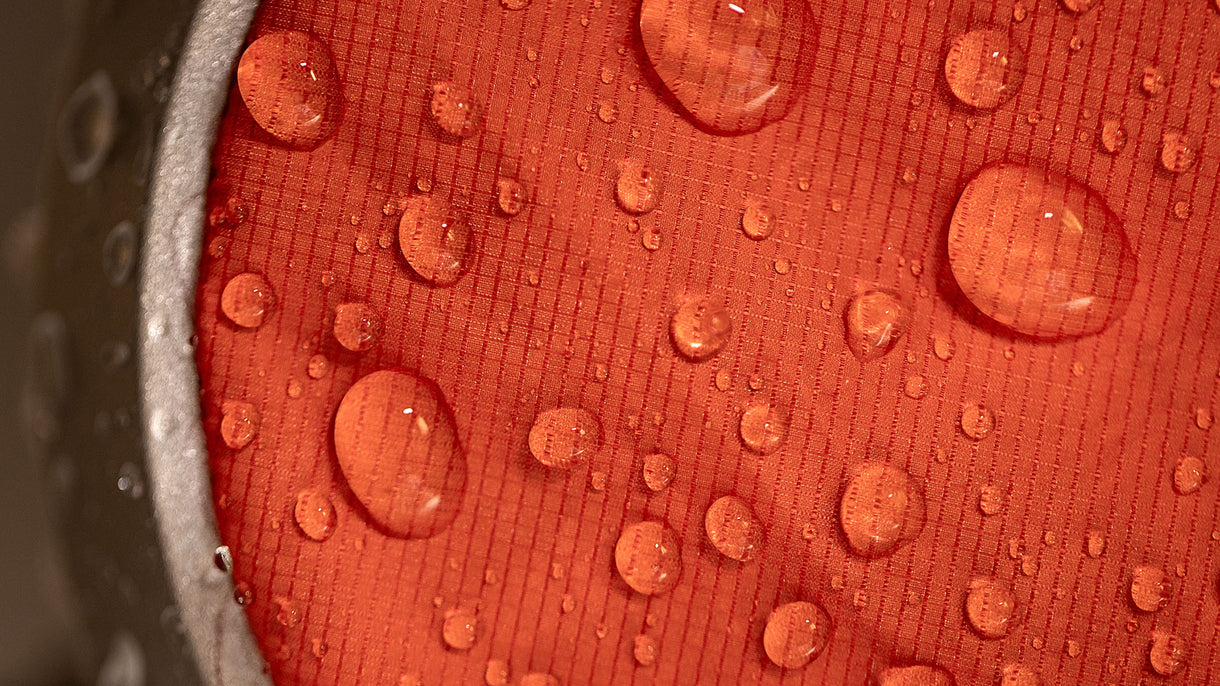
















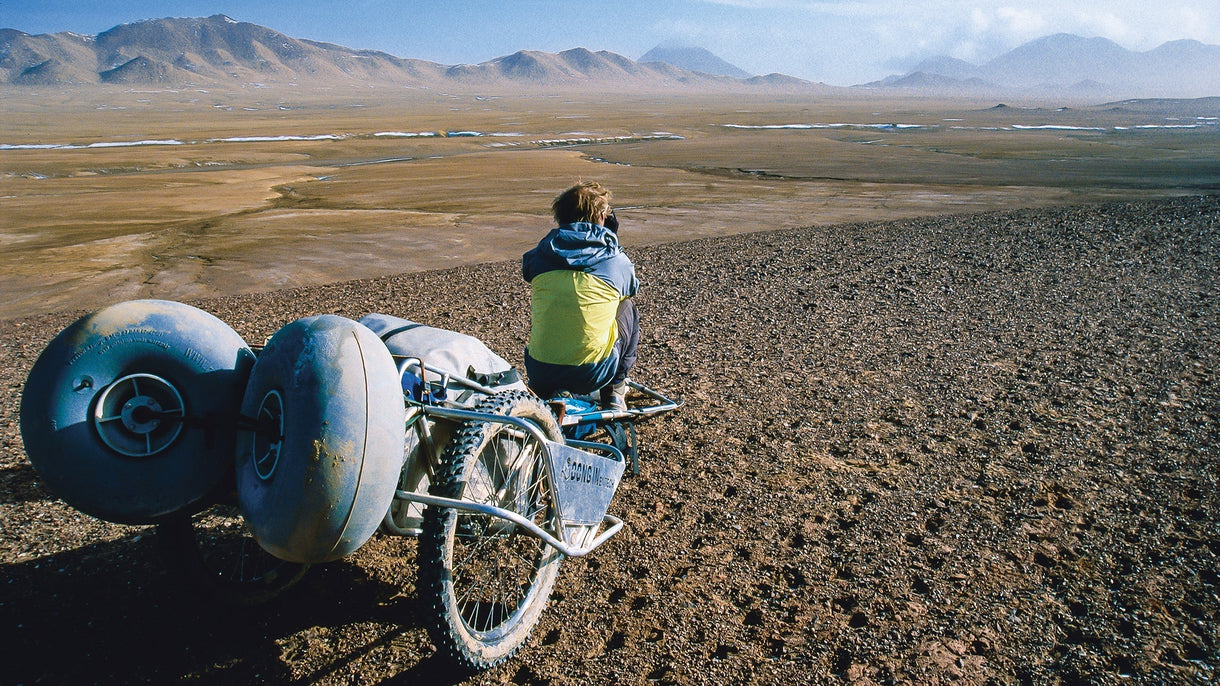
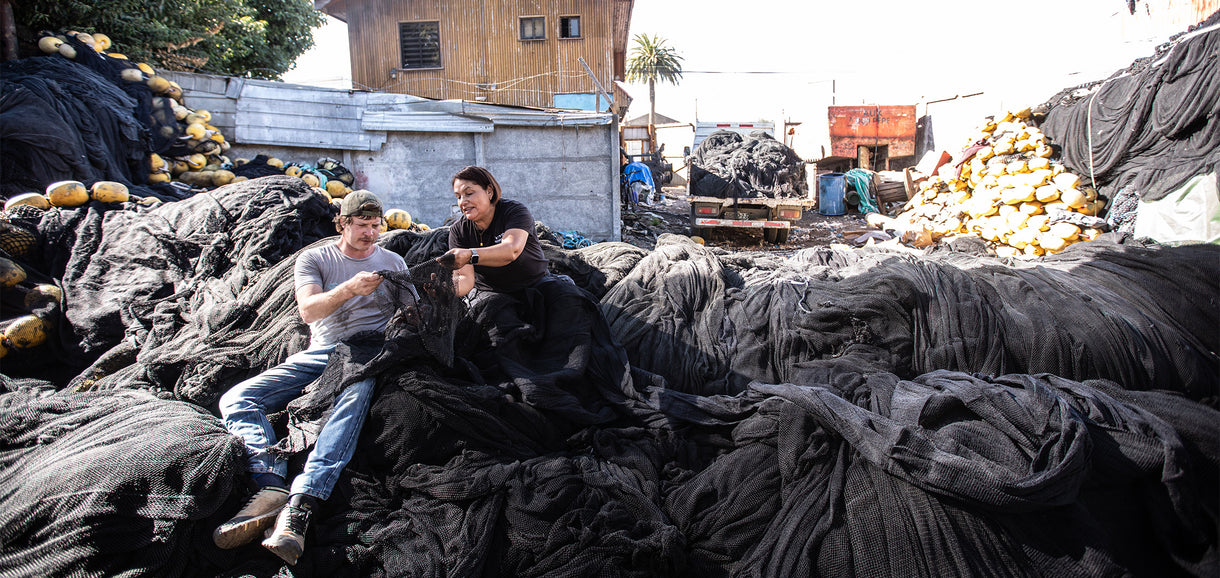


We’re in business to save our home planet.